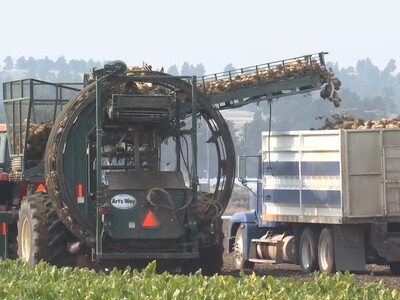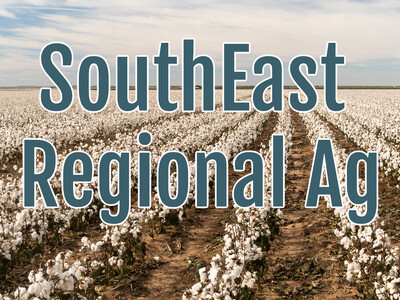Grizzly DNA
Genetic data show the grizzly bear population in the Greater Yellowstone Ecosystem has grown since the 1980s with no loss in genetic diversity, according to a report by the Interagency Grizzly Bear Study Team.Results indicate that the effective population size of Yellowstone grizzly bears, or the number of individuals that contribute offspring to the next generation, has increased 4-fold over a 25-year period. This provides evidence that Yellowstone grizzly bears are approaching the effective size necessary for long-term genetic viability.
Pauline Kamath, USGS ecologist and lead author of the study: ""The increase in effective size of the Yellowstone grizzly bear population over the past several decades, with no significant change in genetic diversity, supports evidence of population growth based on traditional surveys," said This is a key genetic indicator of a population’s ability to respond to future environmental change."
Researchers used several newly available techniques to assess trends in effective population size from a sample of 729 grizzly bears in the Greater Yellowstone Ecosystem, a region slightly smaller than South Carolina. Based on one of several methods, they found estimates of effective population size increased from approximately 100 bears in the 1980s to 450 in the 2000s. These numbers are smaller than estimates of total population size because not all animals in the population breed. Although an isolated population, grizzly bear genetic diversity remained stable and inbreeding was relatively low, 0.2 percent, over the time period.
The study demonstrates how genetic monitoring can complement traditional demographic-based monitoring, providing valuable tools for wildlife managers for current and future studies. It also underscores the effectiveness of long-term studies that provide detailed data to support a variety of analyses, providing researchers and managers a better picture of the status of populations of interest.















